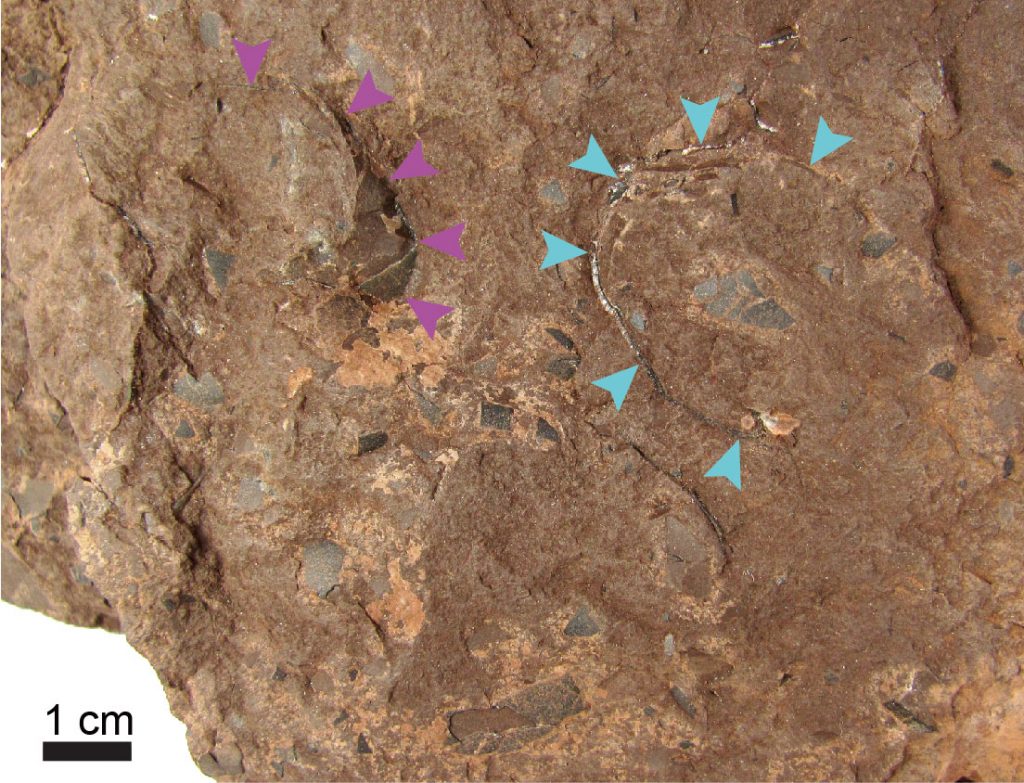
- ARAB NEWS
- 06 Jul 2025

An international team including researchers from the University of Tsukuba and the Museum of Nature and Human Activities, Hyogo, has said it has discovered what it claims is “the world's smallest dinosaur egg fossil” in Hyogo Prefecture, western Japan.
The new fossil, discovered from a layer of the Lower Cretaceous period of some 110 million years ago in the Hyogo city of Tanba, will be displayed at the museum in Sanda, Hyogo, starting August 31.
In the stratum, part of the Sasayama layers, fossils including those of large sauropod Tambatitanis have also been found.
Kohei Tanaka, assistant professor at the university, and other researchers excavated areas around the location where four egg fossils were found in 2015 and 2017 surveys, and they discovered four kinds of fossils including egg fragments.A close examination revealed that two of them are of new types, judging from the microscopic structure of the eggshells.
One of them is about 4.5 centimeters long and some 2 centimeters wide, and weighs an estimated 10 grams, roughly the size of a quail egg. It is the smallest of all dinosaur fossils that have ever been discovered, the team said.
Comparisons with similar fossils suggest that the egg fossil is from a group of dinosaurs called small theropod.
The dinosaur was scientifically named Himeoolithus murakamii, after "hime," a Japanese word with a meaning of small, and Shigeru Murakami, who discovered Tambatitanis in 2006.
Katsuhiro Kubota, researcher at the museum and a member of the international research team, said, "Although the Sasayama layers have attracted attention for fossils of large dinosaurs, such as Tambatitanis, the smallest egg fossil was found this time."
"We want people to value the attraction of diversity" in the layers, he said.
A picture outlining the fossil, and a depiction of the dinosaur were posted on the university website to allow better visualization of the discovery.
The picture on the left shows the fossil of the egg belonging to the Himeoolithus murakamii fossil, the middle picture outlines where the egg is in white and the remaining egg shells in black, and the picture on the right shows the reconstruction of Himeoolithus murakamii and their probable parent dinosaur, developed and retrieved from the University of Tsukuba and Museum of Nature and Human Activities.
JIJI Press